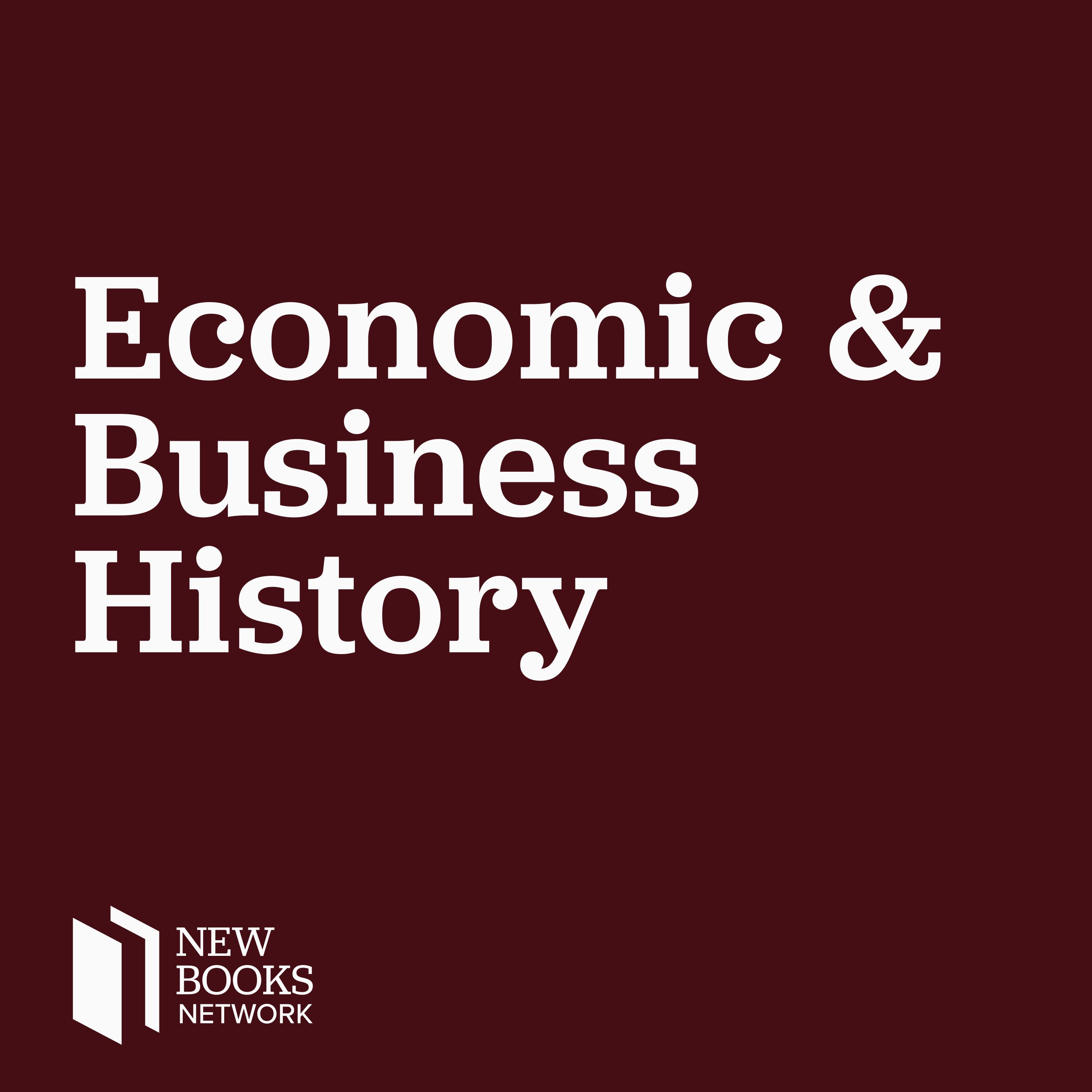
James Mallery, "City of Vice: Transience and San Francisco's Urban History, 1848-1917" (U Nebraska Press, 2024)

New Books in Economic and Business History
Shownotes Transcript
San Francisco began its American life as a city largely made up of transient men, arriving from afar to participate in the gold rush and various attendant enterprises. This large population of men on the move made the new and booming city a hub of what "respectable" easterners considered vice: drinking, gambling, and sex work, among other activities.
In City of Vice: Transience and San Francisco's Urban History, 1848-1917) (U Nebraska Press, 2024), historical architect James Mallery describes how and why San Francisco became the titular "city of vice" by tracking the people and activities that local elites would rather have stayed hidden. In doing so, he paints a remarkable picture of a city undertaking remarkable growth and the limits of elite power to control the habits of a large, mobile, urban population. Through famous San Francisco neighborhoods like Chinatown and the Tenderloin, out to the city's "Outside Lands" outskirts, Mallery shows how neighborhoods are defined by more than just the sum of activities outsiders might see as immoral - they're complex places made up of of complex people, and that even the most run down neighborhood has a brilliant history worth telling.
Learn more about your ad choices. Visit megaphone.fm/adchoices)